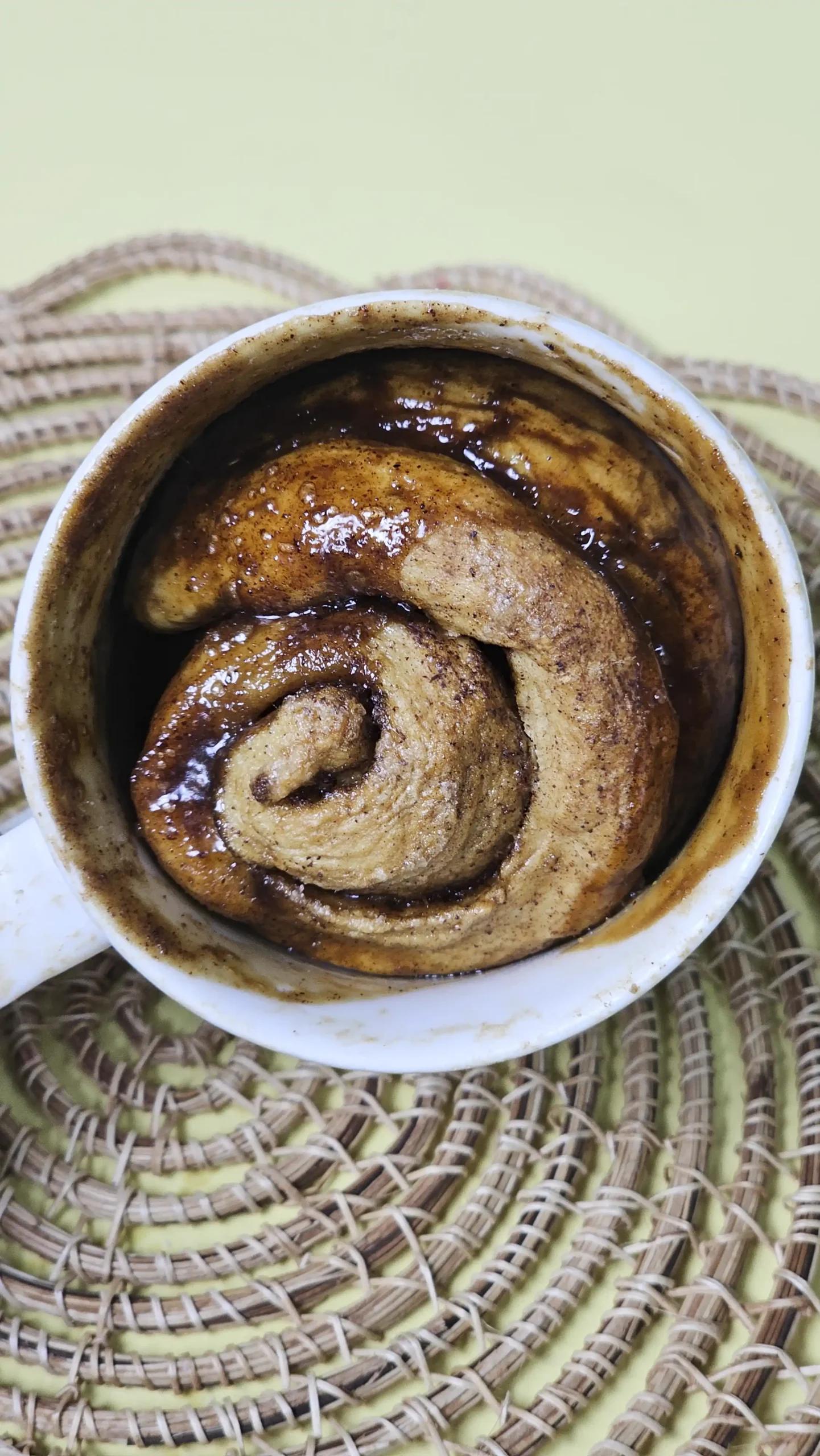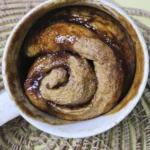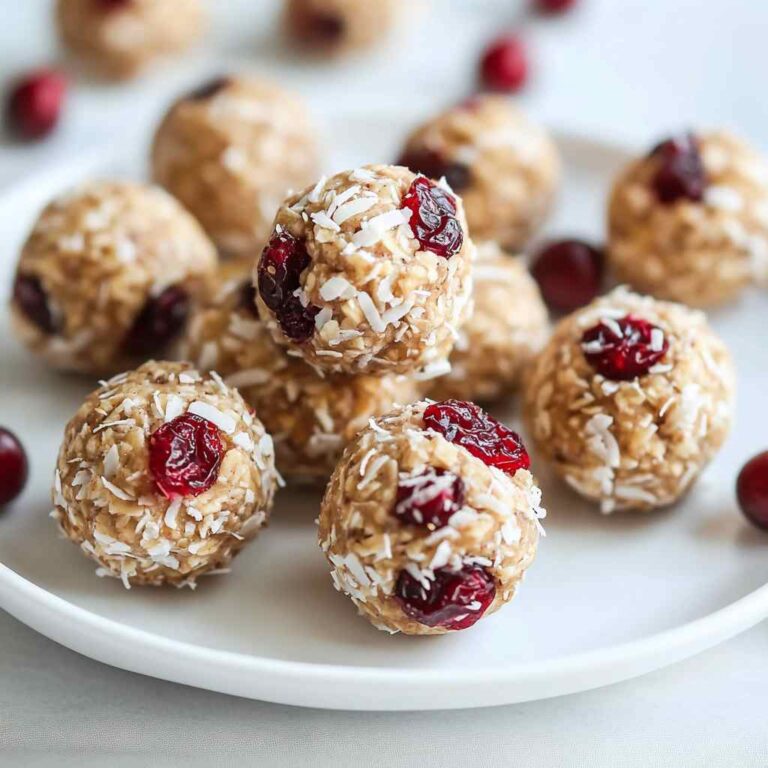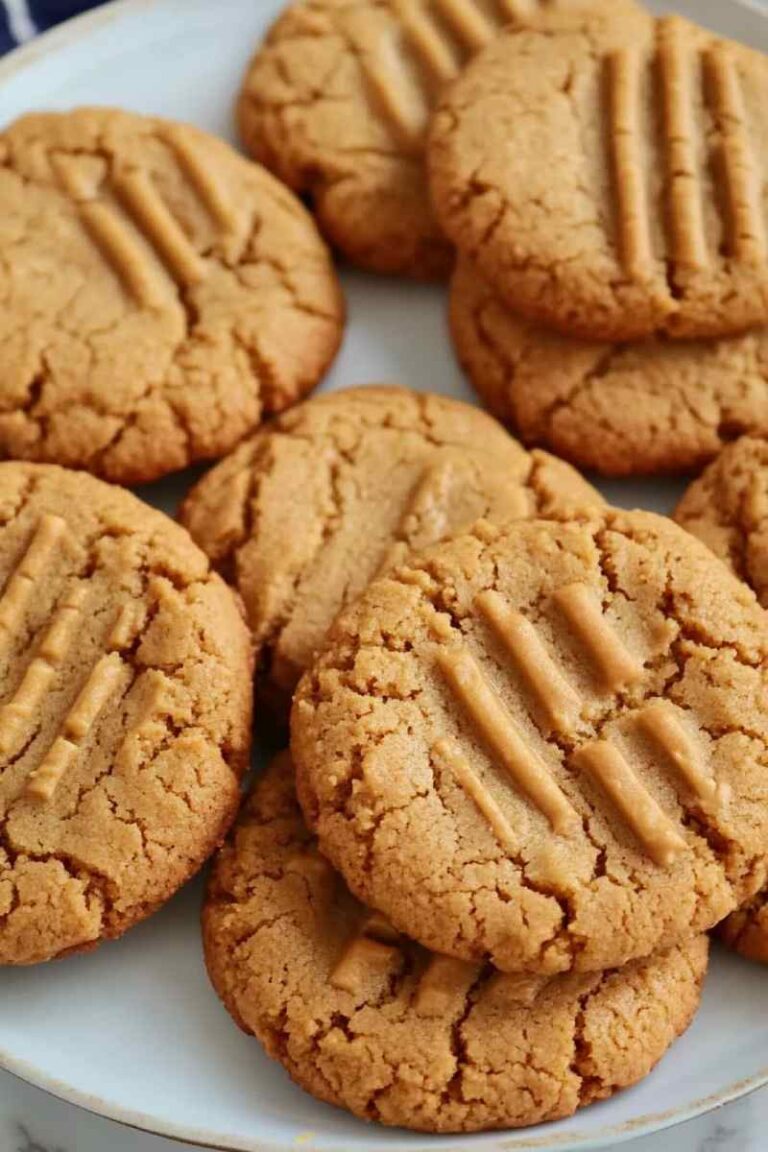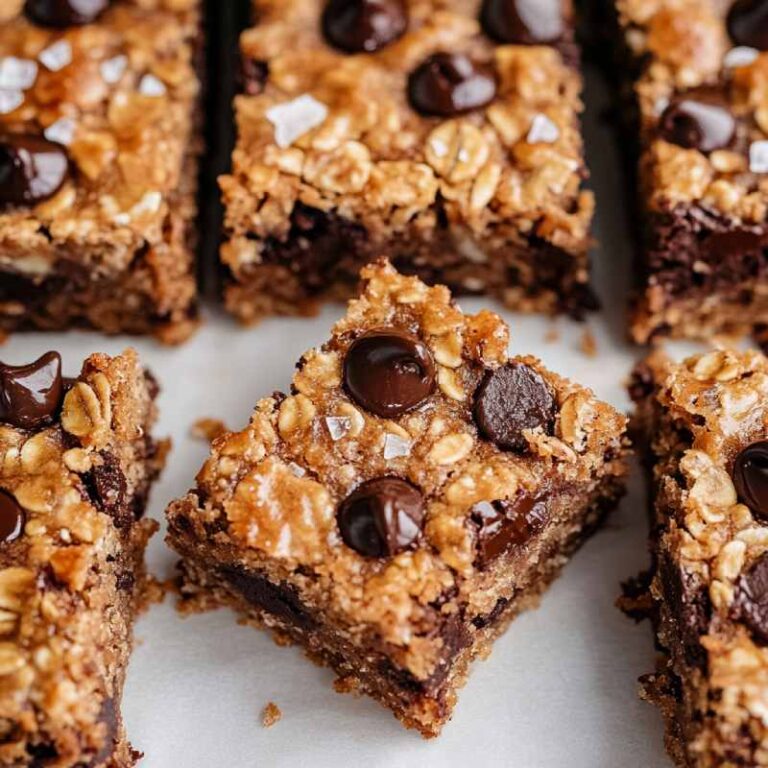Cinnamon Roll Mug Cake Recipe
There’s nothing like a warm cinnamon roll to bring comfort and joy except when a craving hits and there’s absolutely no time (or desire) to make a big batch from scratch. That’s where this Cinnamon Roll Mug Cake recipe comes in: one simple mug, a handful of pantry staples, and a microwave are all that stand between you and a cinnamon roll experience, right when the urge strikes.
Imagine the sweet aroma of cinnamon, sugar, and buttery dough filling your kitchen in under five minutes- no rolling pins, no yeast, no fuss and that’s exactly what you get. This recipe has gained viral internet love for good reason, with endless five-star reviews and thousands of late-night snackers finding dessert bliss.
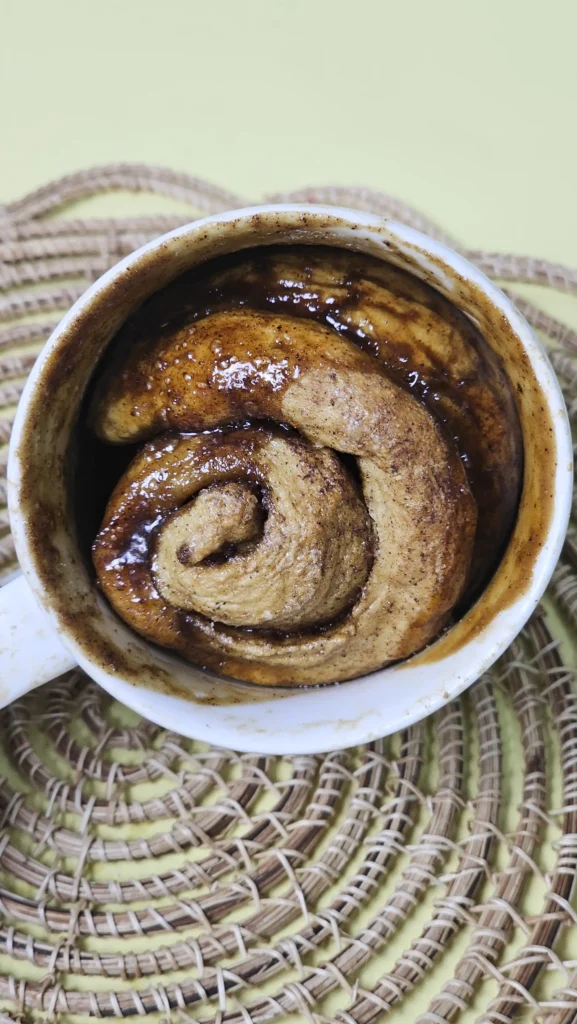
You’ll find the perfect balance of a soft, tender crumb and rich, gooey swirl, all topped with a dreamy drizzle of frosting. Whether you’re baking for yourself, your family, or even surprising a friend, a mug cinnamon roll is the fastest, coziest way to create that bakery moment at home.
Use regular, vegan, or gluten-free swaps—the choice is yours. And don’t worry about lingering questions; at the end of this post you’ll find troubleshooting, customization tips, and answers to the web’s top mug cake FAQs, all woven together with the best SEO guidance for the cinnamon roll mug cake recipe crowd.
Yield + Time
Yield: One single-serve cinnamon roll mug cake (8–12 oz mug)
Prep time: 5 minutes
Cook time: 1–1.5 minutes (microwave)
Total time: About 7 minutes
Ingredients (Metric & US)
Cake Base
- 4 tablespoons (30g) all-purpose or 1:1 gluten-free flour
- 1/4 teaspoon baking powder
- 1.5 tablespoons (18g) brown sugar or coconut sugar
- 3 tablespoons (45ml) milk (dairy or plant-based)
- 1/2 tablespoon (7ml) melted butter, coconut oil, or neutral oil
- Pinch of salt
- Optional: 1/4 teaspoon vanilla extract
Cinnamon Swirl
- 1/2 tablespoon (7g) melted butter, coconut oil, or vegan butter
- 1.5 tablespoons (18g) brown sugar
- 1/2 teaspoon ground cinnamon
Frosting
- 3 tablespoons (30g) powdered sugar
- 1–2 teaspoons milk (any kind)
- Optional: 1 teaspoon cream cheese for richer glaze
Equipment
- Microwave-safe mug (8–12 oz)
- Small mixing bowl
- Rubber spatula or spoon
- Whisk or fork
- Knife or toothpick for swirling
- Measuring spoons and cups
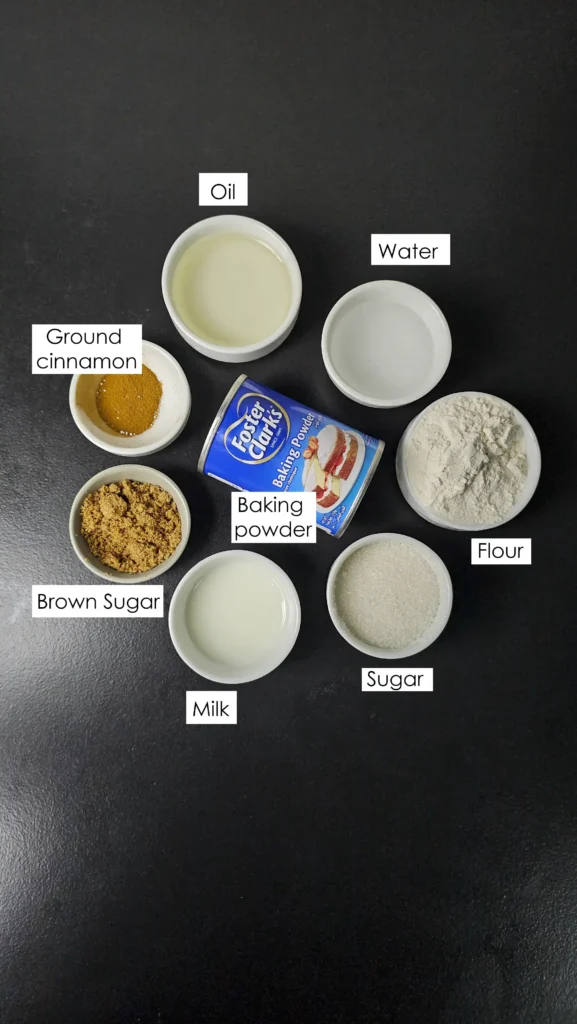
Step-by-Step Instructions For Cinnamon Roll Mug Cake
Prep Your Mug
Start by greasing the inside of your mug thoroughly with a little oil or butter, making sure you coat the bottom and sides well. This step is crucial for easy release of your mug cake and prevents sticking, especially at the edges where the cinnamon filling might cling. Choose a straight-sided mug of 8–12oz to allow enough room for the cake to rise without bubbling over.
Make the Batter
In a small bowl or directly in your mug, add the flour, baking powder, brown sugar, and salt. Whisk or stir well, breaking up any lumps and distributing the baking powder evenly—this ensures the mug cake will rise and have a soft crumb. Pour in the milk, melted butter (or coconut oil/neutral oil), and vanilla if using. Stir gently just until all ingredients are combined and no dry flour remains; the batter should be thick, resembling a loose dough—avoid over-mixing so the cake stays light and tender.
Texture cue: The batter should be scoopable but not runny; if it seems too dry, add a teaspoon more milk at a time. If too wet and flows like pancake batter, sprinkle in a bit more flour.
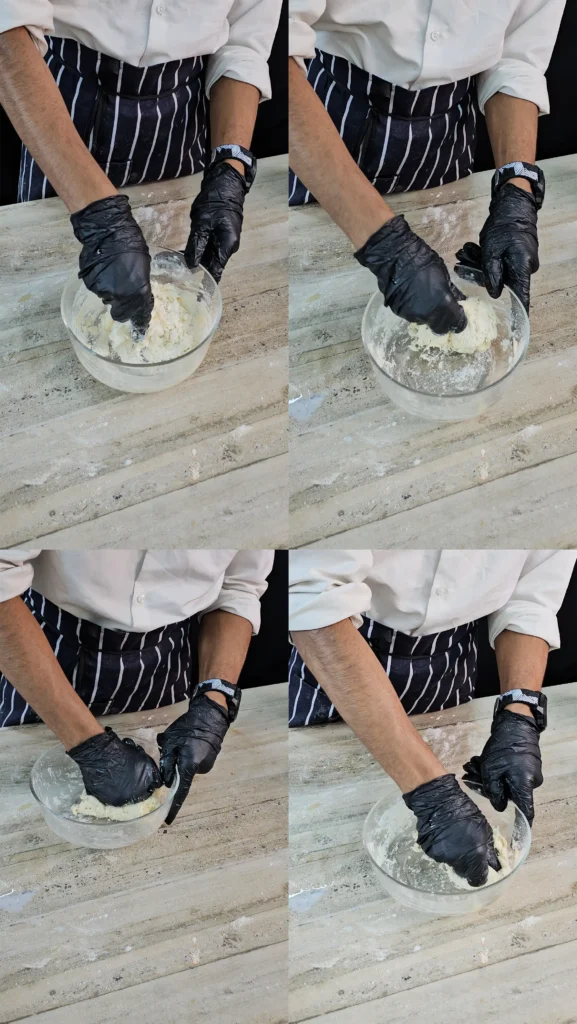
Create the Cinnamon Swirl
In a separate small bowl, mix together the melted butter, brown sugar, and cinnamon for the filling. Stir until it forms a thick, glossy paste.
Pro tip: If you want dramatic swirls and gooey bites, make sure the brown sugar is fully incorporated so you don’t get gritty pockets. The mix should spread easily but not run.
Layer for Best Swirl
Spoon half of the cake batter into the prepared mug, using a spoon or spatula to spread it to the edges. Dollop or drizzle half of the cinnamon swirl mixture over the batter, then add the remaining batter on top, smoothing it gently so you don’t fully blend the layers. Finally, drop the rest of the swirl over the top and use a butter knife or skewer to swirl in gentle “S” shapes through just the top layer—don’t overdo it or you’ll lose the stripe effect.
Visual cue: You want ribbons and pockets of filling visible through the batter; this bakes into oozy, cinnamon-sugar goodness.
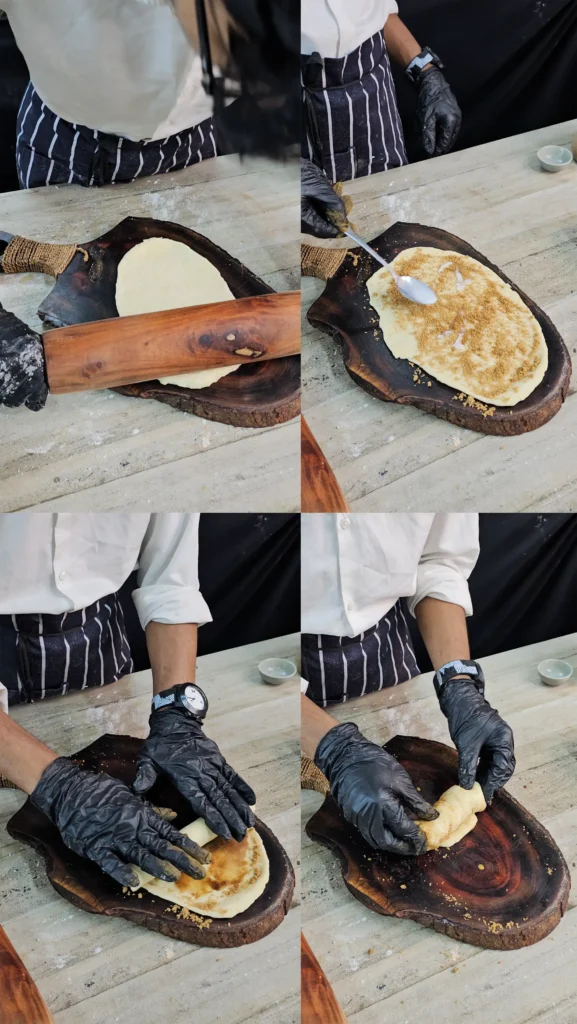
Microwave with Care
Microwave the mug uncovered on high for 60 seconds first. Pause and check: the mug cake should look puffed and pale, with the surface dry to the touch and the center barely springy.
If you see wet batter on top or the sides haven’t set, return it to the microwave for 10–15 second intervals, checking after each burst. Total time ranges between 60 and 90 seconds depending on microwave wattage.
Sensory cue: The cake should give when pressed lightly with a fingertip, almost like a cupcake—avoid very firm or rubbery texture, a sign of overcooking.
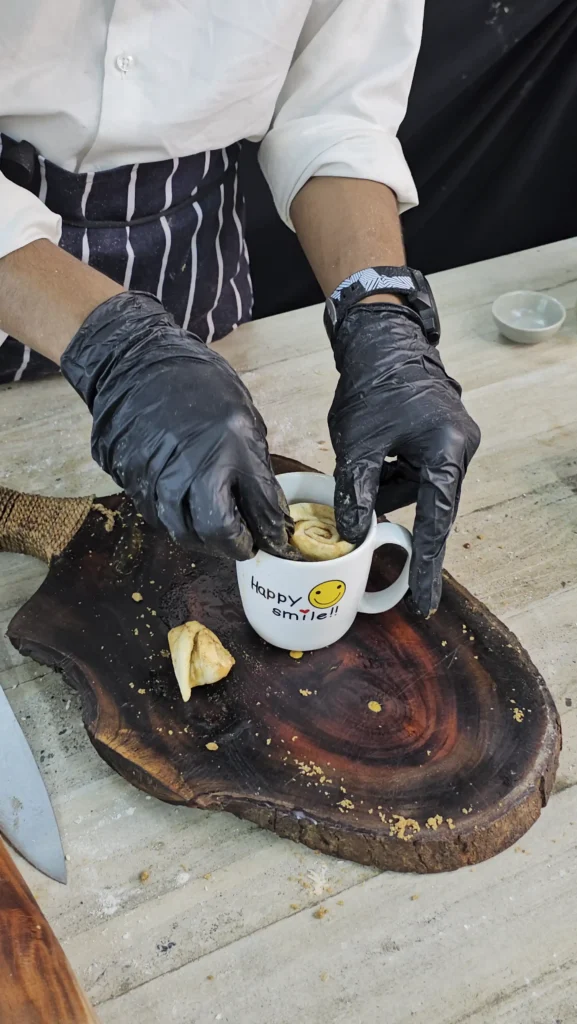
Mix and Add the Frosting
While the cake is cooking or resting, blend the powdered sugar with a teaspoon of milk, stirring until you get a thick, pourable glaze. For extra indulgence, add cream cheese for a tangy richness. Adjust by adding a few drops more milk for a thinner drizzle or extra sugar for more body.
When your mug cake is cooked through, let it cool for 30 seconds (it’s hot!). Spoon or swirl the icing over the top and let it drift down the warm cake for gooey, melt-in-your-mouth appeal.
Serve and Enjoy!
Grab a spoon and dive in while it’s warm—this is when the texture is at its softest and the swirl is at its gooiest. If you prefer, turn the mug upside down onto a plate, letting the swirl and icing pool around your cinnamon roll mug cake.
Why This Works (Culinary Logic)
This mug cake transforms humble pantry staples into a showstopper by using baking powder for lift, fat for tenderness, and microwave steam for soft crumb structure.
Layering the cinnamon filling gives caramelized pockets, mimicking traditional rolls without needing yeast or a bulky dough. The microwave’s rapid heating means your cake is done before you can even preheat an oven—just be careful with cooking time for perfect results.
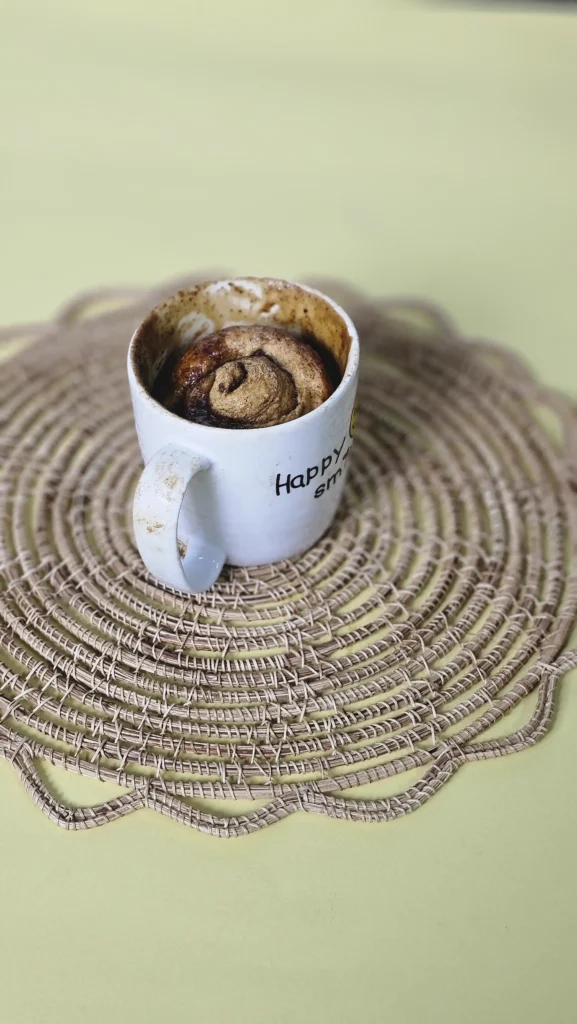
Troubleshooting & Fixes (Expanded)
Dry or Tough Cake:
Problem: Overcooking dries out the cake and makes it chewy.
Fix: Microwave for 1 minute, then check every 10 seconds. The cake should look barely set—remember, it will continue to cook from residual heat. If you added too much flour, add a spoonful of extra milk to the next batch.
Dense, Flat, or Gummy Texture:
Problem: Not enough leavening or over-mixing leads to a compact cake. Gluten-free flours sometimes need a tad more baking powder or a spoonful of cornstarch for fluff.
Fix: Use fresh baking powder and gently stir only until combined—think “just mixed,” not whipped.
Cake Overflowing or Sinking:
Problem: Using too small of a mug, or batteries that are too wet, can cause overflow. Sinking may happen if the cake is undercooked.
Fix: Use an 8–12 oz mug for best results and leave plenty of headspace. Scrape down the mug sides so all batter is in the bottom third.
Sticky or Burned Sides:
Problem: Insufficient greasing or too much cinnamon filling against the mug wall.
Fix: Grease the mug well, and try layering the cinnamon mixture strictly in the center. To loosen, run a butter knife around the edges.
Swirl Disappears:
Problem: Mixing the swirl mixture into the batter too aggressively blends it away.
Fix: Use a gentle hand and swirl just the top half, leaving obvious stripes and patches.
Mug Cake Too Pale or “Wet”:
Problem: Microwaves don’t brown food, so cakes remain pale.
Fix: Trust doneness by touch and appearance; it’s okay if the mug cake stays light in color. If super wet, cook 5–10 seconds longer. Avoid overcooking as it dries out quickly.
Leftover or Reheated Cake is Tough:
Mug cakes go rubbery as they cool or upon reheating, thanks to the microwave.
Fix: Enjoy immediately! If you must save, rewarm gently with a drizzle of milk or frosting to restore moisture, but know it’s a quick treat best fresh.
Forgot the Baking Powder or Used Baking Soda:
The cake won’t rise or will taste odd.
Fix: Always double-check that you’re using baking powder, not soda, and that it’s fresh.
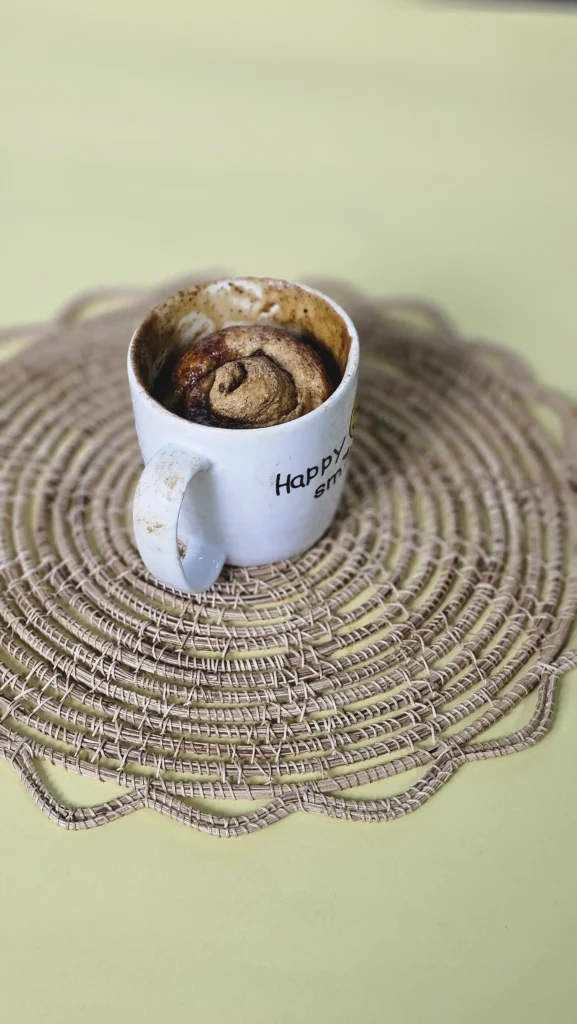
Variations & Substitutions
- Gluten-Free: Use your favorite gluten-free baking blend in a 1:1 swap. Add 1/2 tsp cornstarch if cake seems dense.
- Vegan: Substitute any plant milk and vegan butter or coconut oil for dairy.
- Protein/Keto: Replace half the flour with protein powder or use almond/coconut flour blends with a splash more liquid.
- Low-Cal/Low Sugar: Use a sugar substitute like erythritol or stevia, and reduce or omit the swirl if watching carbs.
- Indulgent Additions: Fold in chopped pecans or mini chocolate chips for a bakery-inspired twist.
Make-Ahead, Storage, Reheating
- Make-Ahead: Combine the dry ingredients in a jar and the wet in another container; store at room temp and combine right before microwaving for fresh results.
- Storage: While best fresh, cover and keep at room temp up to 6 hours. Avoid refrigerating, as the texture becomes chewy.
- Reheating: If needed, microwave the mug cake for 10–15 seconds, adding a dash of milk or frosting to regain moisture.
Serving & Pairings
Enjoy your mug cake solo for a sweet pick-me-up, or pair it with a robust coffee, creamy chai, or even a scoop of vanilla ice cream. As a dessert-for-one, it’s also wonderful with fresh berries or a dollop of whipped cream. Feeling social? Make a mug for each friend and set up a cinnamon roll mug cake bar with different toppings!
FAQ
Q: Can I make a cinnamon roll mug cake gluten-free?
A: Yes! Use a high-quality 1:1 gluten-free flour blend with a pinch of cornstarch for extra tenderness.
Q: Do I need yeast or eggs for this mug cake?
A: No yeast or eggs required! Baking powder gives all the rise you need, and the cake stays tender without eggs.
Q: Why did my mug cake turn out gummy or raw in the middle?
A: It may need a few more seconds in the microwave or a better mix. Be sure the batter is evenly distributed and pause cooking to swirl if needed.
Q: Can this be made without refined sugar?
A: Absolutely! Substitute coconut sugar, maple syrup, or a granulated sugar substitute in both the batter and filling.
Q: My swirl disappeared or sank—what happened?
A: Over-mixing swirls or using a too-wet batter can do this. Swirl less aggressively and try a slightly thicker batter.
Q: Can I make more than one at a time?
A: Yes, but microwave mugs one after another, or if you have a large microwave, increase cook time and rotate mugs for even cooking.

